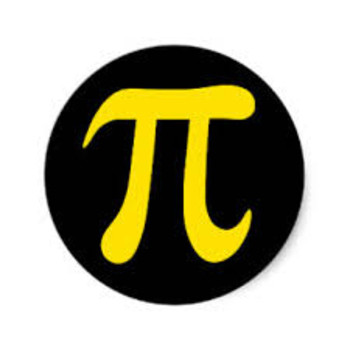#color(blue)(2)log_3 (4x-5)= log_3(4x+5) + log_3(4x-3)#
#color(white)(xxxxxxxxxxxxxxxxxx.x)darr#
#log_3 (4x-5)^color(blue)(2)= log_3[color(red)((4x+5) xx (4x-3))]#
We have used using 2 log laws:
#color(blue)(log_a b^c hArr clog_a b) and color(red)(log_a b + log_a c = log_a(bxxc))#
Now we can write:
#(4x-5)^2= (4x+5) xx (4x-3)#
This uses another log law: #log_a B = log_a C hArr B=C#
Now solve it like a normal equation .... remove the brackets:
#16x^2-40x+25 = 16x^2-12x+20x-15#
#1cancel(6x^2)-40x+25 = cancel(16x^2)-12x+20x-15#
#25+15 = 8x+40x" "larr# re-arrange, keep #x# positive.
#40 = 48x#
#40/48 = x#
#5/6 = x#
Notice that, #(4(5/6)-5) < 0" "larr# log impossible
However, the fact that it is squared gives a positive value, and the log value can then be determined.

